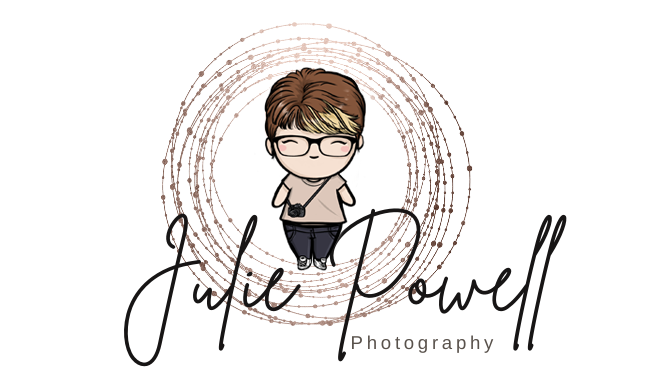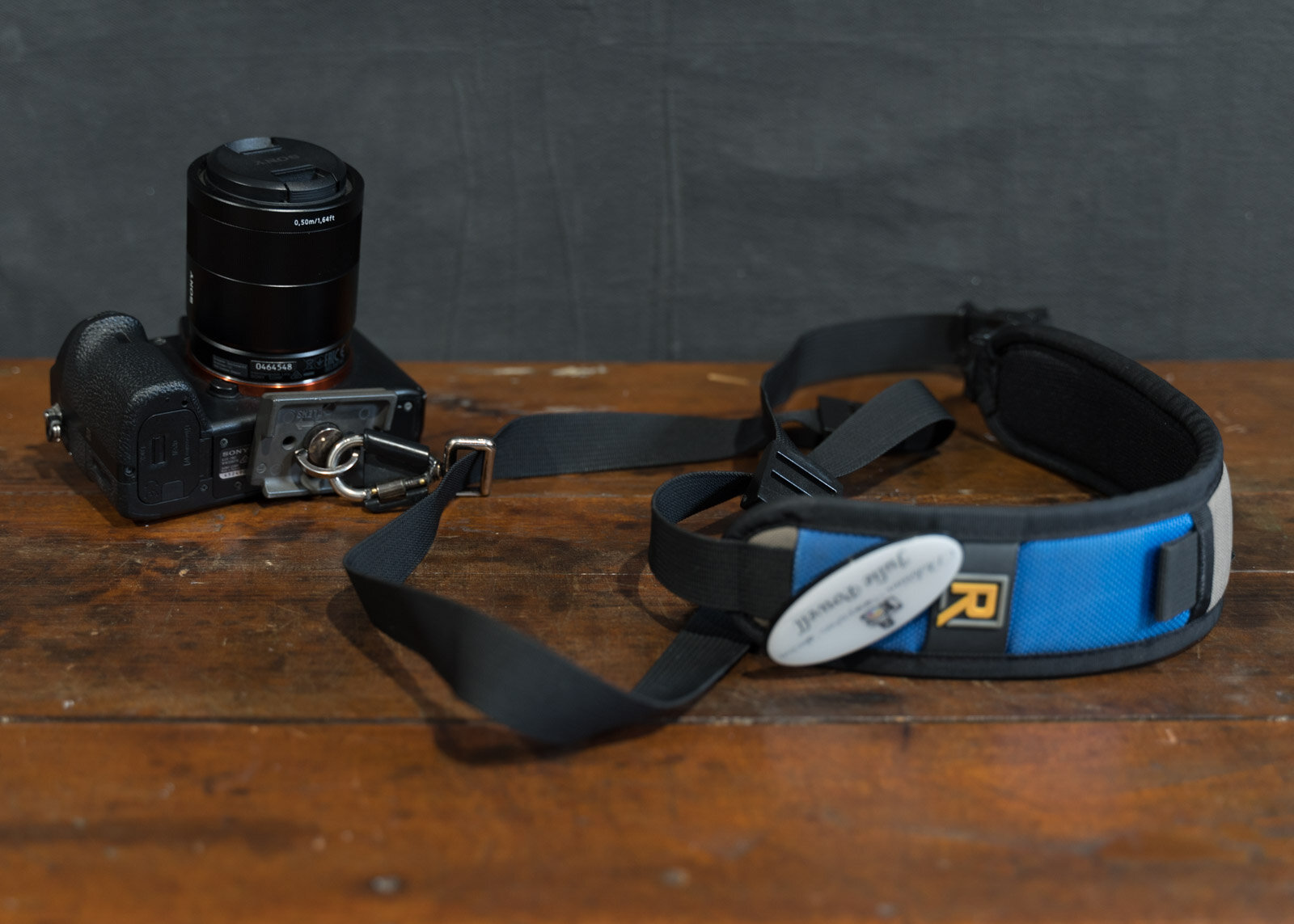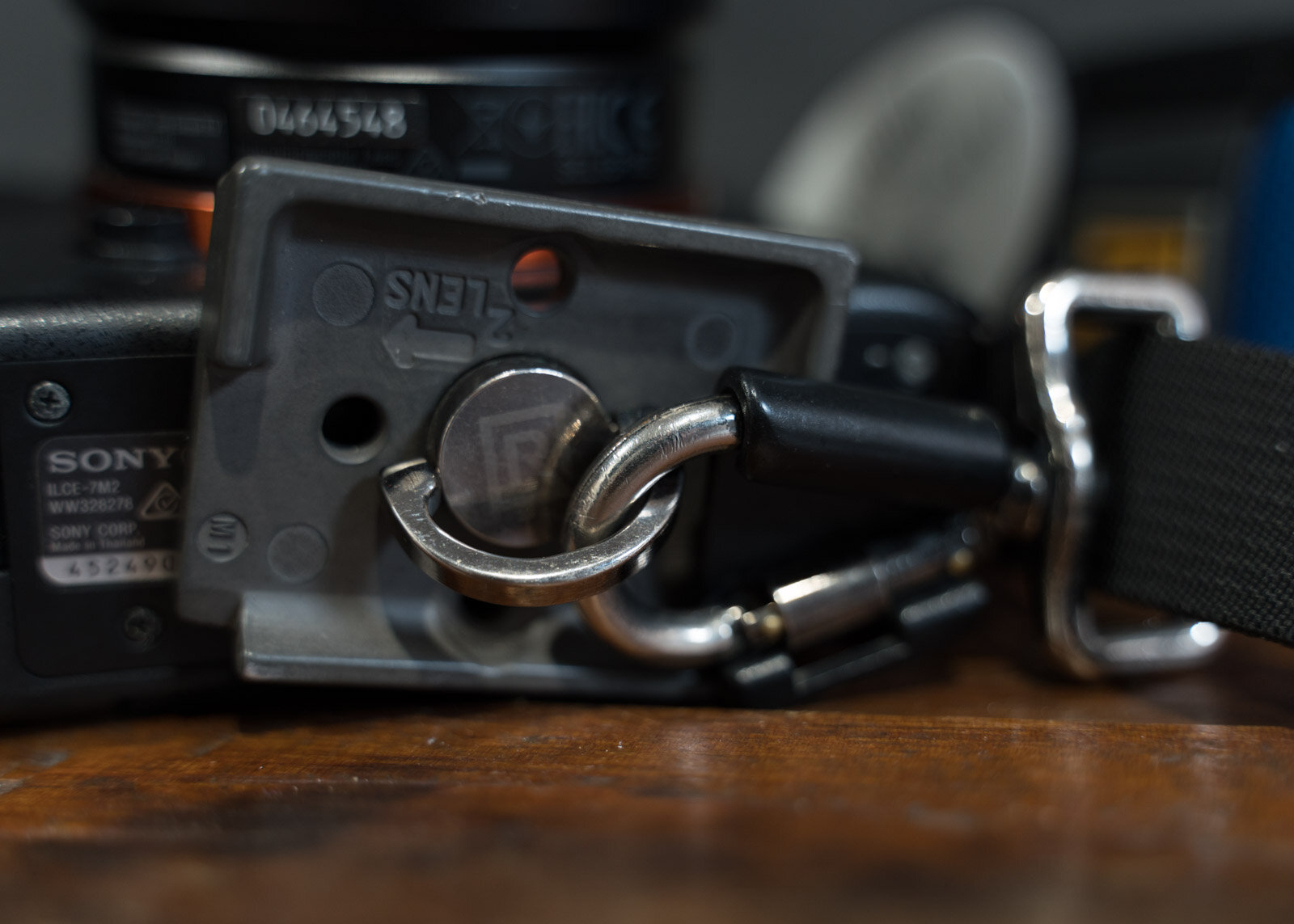What to pack for your next road trip, or what’s in my kit
Zanci Homestead, Mungo Station
What to pack for your next road trip often becomes a dilemma, especially if you wish to travel light. If you need to hike into your location, decide what you REALLY need to take with you?
I have loads of stuff I travel with, but when you have to actually carry it all yourself, then it becomes a totally different story. So what’s in my kit?
Backpack
I have a 15L Lowepro lightweight travel pack. Mine is so old it’s no longer available but there are similar around. I have bigger backpacks, but I cannot comfortably carry them for extended periods of time. This one I can.
If only going for shorter hikes often I grab my camera and put everything I need in my pockets. Plastic bags to store your camera gear can help prevent it from getting covered in dust as well.
Camera
Well, this is where it really becomes a dilemma for some. If you only have one camera, then there is no issue. I frequently now carry two cameras, each with a different lens. But it is more weight to carry.
On shorter hikes, I might choose to take both with a wide-angle and a zoom lens for options. But on longer hikes, I frequently choose one camera. My current go-to is Sony a7R III.
Carrying two camera bodies means you don’t have to keep changing lenses, so less dust and grit can get in. Keeping lenses free of dust can sometimes be an issue.
I also have a spare set of batteries one for each camera. Have a portable charger or car charging kit can be great to charge batteries when no power is available. When it is really cold, keep batteries in your pockets to keep them warm and discharging so quickly.
Female Superb Fairy Wren, 300mm, f/6.3
Camera Strap
Ditch the neck strap. First thing I tell anyone who buys a camera. They really are uncomfortable and can cause neck strain. I prefer either a wrist strap (for short trips) or for longer hikes, a Sling Strap is a much better way to travel. They are lightweight and comfortable and you have easy access to your camera. With the right clip, you can even use your tripod head and attach it to that.
Lenses
See camera heading! The more you take the more you have to carry. I frequently take one lens on long hikes. If you really don’t know what to expect take your most versatile lens. Say Tamron 28-75mm. Perhaps if you’re shooting landscapes, take your favorite wide-angle, Sony 16-35mm wide-angle. If I know I am only looking for landscapes I will take just that lens. When I’m aiming for more bird or nature photography, perhaps my 70-300mm.
Drift wood at Lake Tyrrell, shot on 16mm wide-angle
Tripod
I went for the smallest, sturdiest, lightweight travel tripod I could afford. I have a [Pro]Master XC525, which quickly converts to a Mono Pod as well. It’s super lightweight and easy to put up and down. It’s perhaps not as versatile as my Vanguard Alta Pro studio tripod, but that is large and heavy, not great for carrying long distances.
Filters
Do you need filters? Some cameras have built-in filters. Perhaps you can achieve what you want with bracketing? If you still need your filters, consider taking just one or two. I frequently just pack my soft gradient neutral density filter for sunrise and sunset. UV filters can also help prevent your lenses from getting sandblasted in high winds.
Sunrise at Mungo Station Woolshed, 3 stop bracketing plus ND filter – 16mm wide-angle
So next time you’re packing for a road trip, think about what to pack and what’s in my kit…do I really need it for travelling light?









